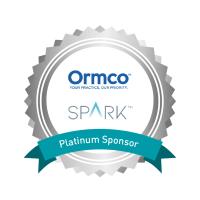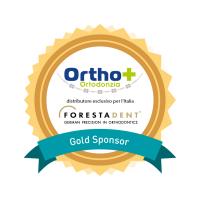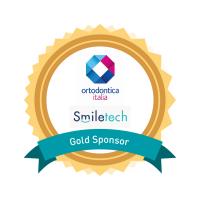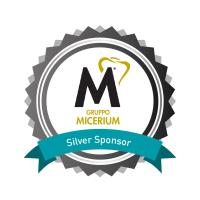Abstract
Independence in Pediatric Orthodontics: the CAD-CAT Era of Technopolymers
by Beretta Matteo
Pediatric Orthodontics is evolving, trying to satisfy increasingly "tailored" needs and with the aim of obtaining increasingly predictable therapeutic results and in accordance with the best possible quality of life for our young patients and their families. All this cannot fail to consider the technology available today, which, among its meanings, must be democratic, easy to use and within everyone's reach, otherwise it is not innovation but only novelty. In this context, we wish to explore a field of pediatric orthodontics in the digital age, illustrating a new scenario, which could be that of autonomous driving in pediatric orthodontic treatments. In the meantime, we must start by definitively abandoning the term CAD-CAM, replacing it with CAD-CAT (Computer Aided Design - Computer Aided Technofacturing), which best describes the completely digital and virtual procedures with which the latest generation devices can be made. If we consider the evolution of maxillary expansion methods in the pediatric age, let's not forget that we have milk molars available, the best possible orthodontic anchorage. Rapid expansion (RME) and slow expansion (SME) are now not only clinically but also scientifically comparable in terms of orthopedic effects in growing patients. The rapid palate expander is certainly the reference maxillary expansion device, the gold standard, which recent scientific works have compared with slow expansion equipment such as the Leaf Expander®, demonstrating that the maxillary expansion capacity of the latter in early treatment is comparable to rapid expansion, also in terms of self-expansion of the lower jaw. The evaluation of the average collaboration of the young patient and the use of "Self" or automatic orthodontic devices, have led us to explore a future horizon, where the protagonists are and will increasingly be the new technopolymers. In cases of allergy or hypersensitivity to metals or for specific pathological conditions (such as epilepsy, autism or vascular problems), which may require periodic or emergency Magnetic Resonance Imaging (MRI) of the cranial district, it may not be possible to use fixed devices of traditional and metal expansions (“special needs” patients). ZeroExpander could be the choice.
Learning Objectives
After this lecture, you will be able to understand how the daily pediatric orthodontic clinic has changed and will continue to change in the digital world
After this lecture, you will be able to learn the main characteristics of the use of the new technopolymers in pediatric orthodontics
After this lecture, you will be able to learn to communicate digitally with yourself and with your technician












